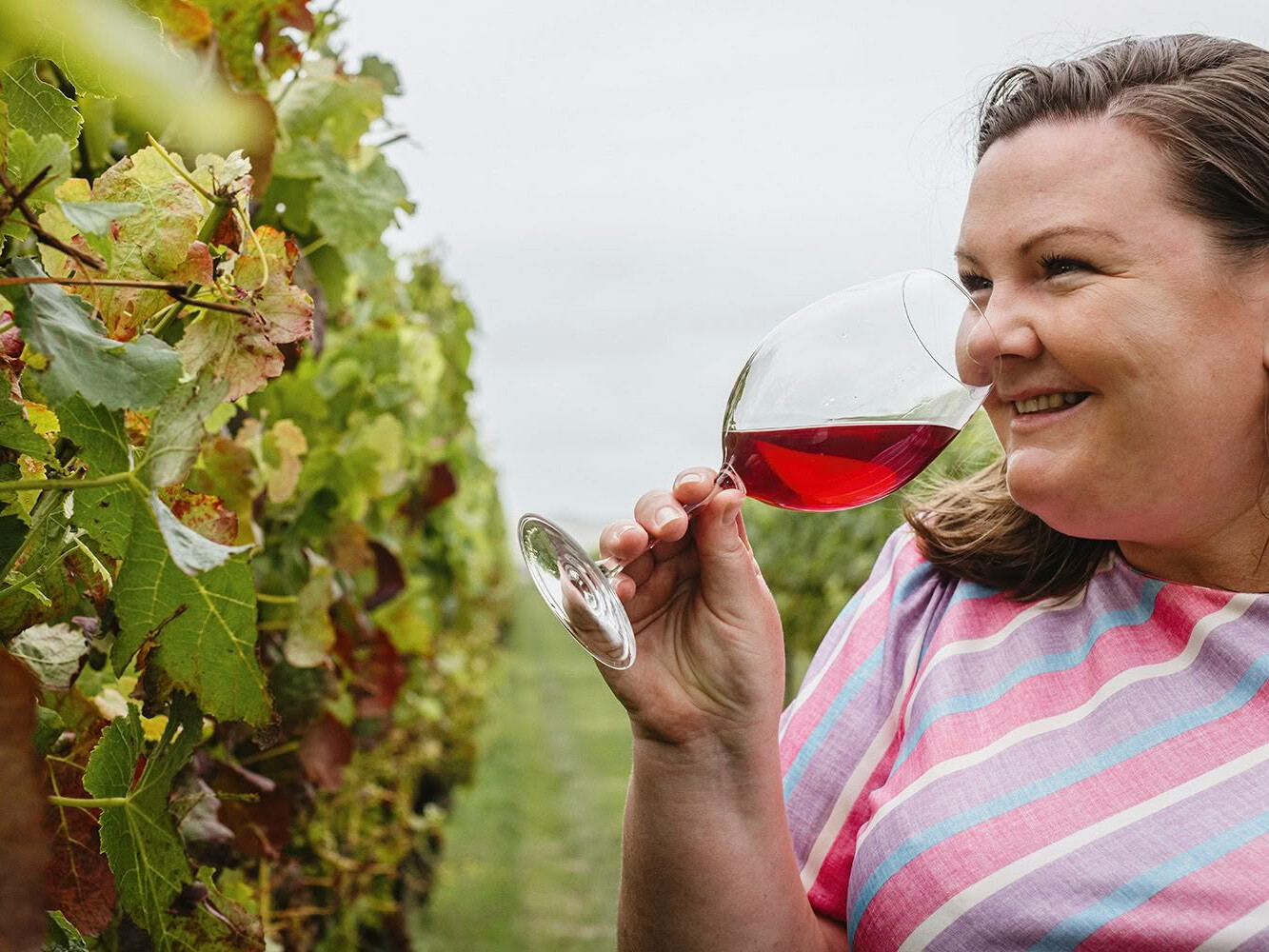Less-familiar varietals and a wide range of styles are all part of the aromatic story, says STEPHEN WONG, MW.
‘AROMATIC VARIETIES’ is a frequently used yet contentious term. One interpretation maintains that all grape varieties are aromatic (all wines have aromas); the other argues that some varieties are obviously more aromatic than others. For our purposes, we will suppose that the latter is more helpful.
Locally, the term tends to serve as a catch-all since we exclude sauvignon blanc from the collective category, despite it being one of the most aromatic white varieties. Throughout the 1990s and 2000s, it was synonymous with the Alsatian varieties – riesling, pinot gris and gewürztraminer. Depending on the wine list, it also referred to muscat and Müller-Thurgau. Today, it covers a far wider range of varieties including viognier, albariño, grüner veltliner, chenin blanc and at a pinch, fiano and arneis. So how do you navigate this cornucopia of varieties and how do you know if you’ll like them? Let’s begin with the ‘big three’ (in terms of recognition, not in planted area; far more chenin blanc and grüner veltliner is planted globally than gewürztraminer). In the broadest sense, riesling has the highest acidity and most piercing flavours. Pinot gris is less aromatic, with suggestions of pear/honey to almond/ apple. Gewürztraminer, as the name implies (‘gewürz’ meaning spicy in German, and ‘traminer’ meaning a vine from the village of Tramin), is spicy with classic lychee, Turkish delight aromas which make it so identifiable.
Perhaps the most derided of the three, yet also the most commercially successful – to the chagrin of the cognoscenti – is pinot gris. Not strictly a ‘white’ grape as it ranges from dark pink to dusty purple, pinot gris is a natural colour mutation of pinot noir. It is not uncommon to see the odd pinot gris growing among its darker counterparts in old vineyards. Stylistically, it is a broad church. Pinot grigio usually denotes a dry, earlier-picked, less perfumed, crisp rendition while the archetypal Alsace pinot gris is the opposite; rich, spicy, decadent and full-bodied, often slightly sweet. Kiwi versions have settled somewhere in the middle; off-dry with pear and stone fruits.
The ‘Riesling Renaissance’, foretold for decades, is unlikely to ever eventuate. As a variety it is accused of being too confusing, as styles can vary from early-picked, searingly-dry Clare Valley riesling to sweet Mosel spätlesen with New Zealand making everything in between. Attempts to introduce a sweetness scale have helped somewhat, but it remains niche despite outrageous anecdotal evidence to the contrary, such as the phenomenal sales of Fromm’s sweet spätlese riesling at the annual Marlborough Wine and Food Festival. Matt Donaldson, Pegasus Bay’s winemaker, believes that riesling has an unavoidable phenolic character – described variously as astringent or crunchy – which limits its appeal. However, this combination of acidity and phenolics is exactly what makes it so refreshingly confronting. So, is riesling for you? If, like me, you secretly love sour candy, then it is probably up your alley, but you might punt for something a little off-dry, to take the edge off and add decadence on the finish to accompany that acidity.
If you’re more into intensely hedonistic and wildly floral aromas, gewürztraminer is the grape for you. It also makes you a rarer breed than even the riesling fans. This prototypically perfumed variety is another one of those ‘not-quite-white’ grapes. It is actually a reddish-pink colour. Famously low in acidity and also incredibly phenolic, good gewürztraminer has a textural viscosity often described as oily. It really packs a flavourful punch and tends to polarise palates. The intensity has been likened to sharing an elevator with someone wearing Poison perfume.
So, where in New Zealand does one go to find good aromatic whites? Gisborne, due to the presence of the country’s main vine nursery, is ground zero for almost every imported cultivar. This access has led to some spectacular successes, most notably, gewürztraminer, viognier, chenin blanc and albariño. Subregions like Patutahi, Manutuke and Ormond have made a name for themselves with these varieties. Nelson is the self-styled home of aromatic whites, playing host to the Aromatics Symposium wine conference. Its sunny, dry climate is perfect for ripening these varieties and emphasising their intense, scented nature. As with almost any variety in the country, you’ll find someone trying their hand at it in Marlborough. The classic Marlborough fruit brightness and fresh acidity does wonders for the earlier-ripening riesling, pinot gris and chenin blanc. Riesling shines in both the clay limestone soils of North Canterbury and the semi- continental climate of Central Otago.
Over the past fifteen years, our tastes have broadened, guided by changes in our cuisine. Acidity in fermented foods, astringency, spice and raw textures have acclimatised our palates to the structural elements which form the backbone of many aromatic whites. What was once confronting is now invigorating; previously bitter flavours, now interesting. The next time you’re wine- hunting, why not try an aromatic white? STEPHEN WONG MW, winesentience.com






